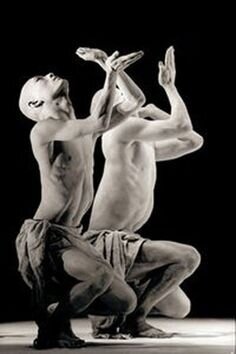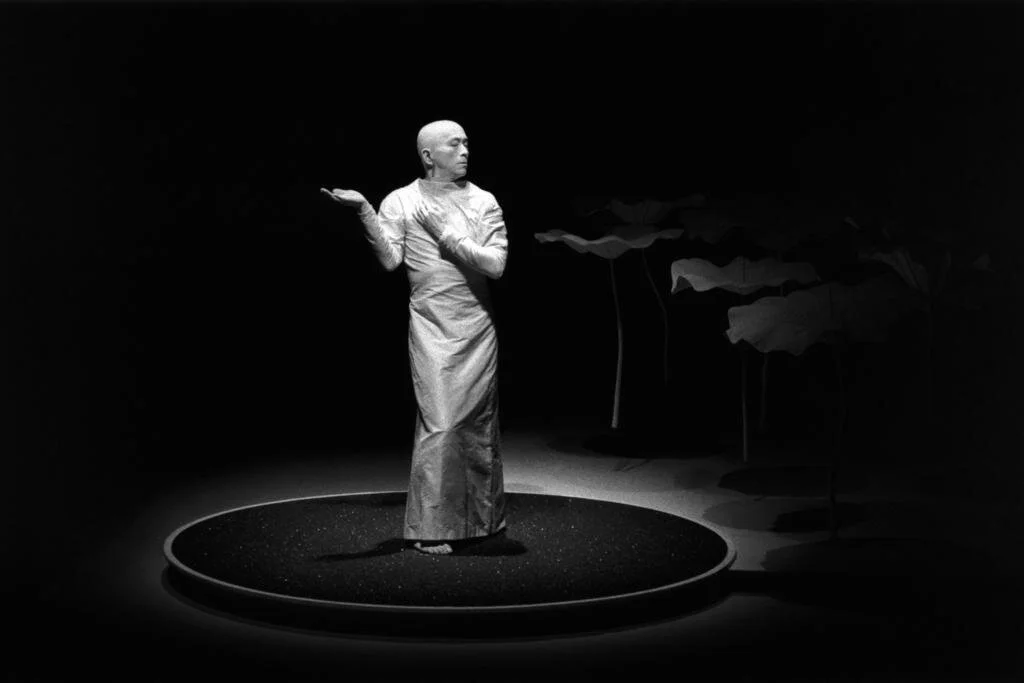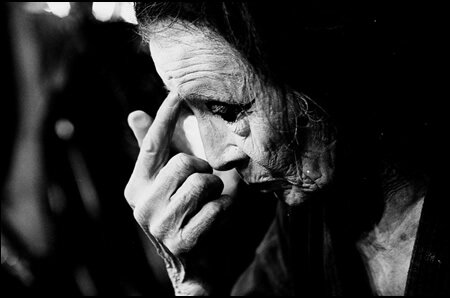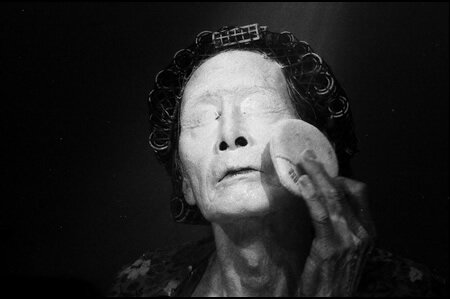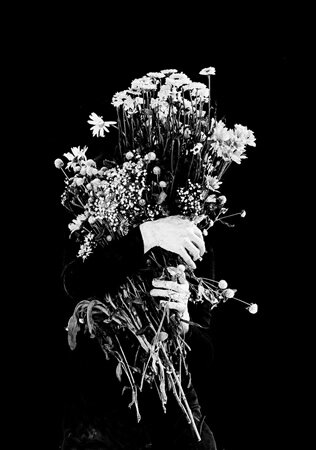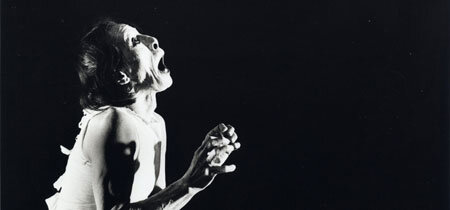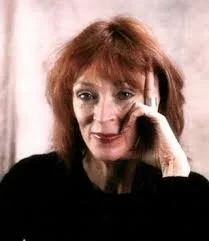Butoh – Ghost Dance
The dancers exhibit a variety of symptoms. Ghostly white make-up covers their skin and hair. Their heads are bald, or wild with an untamed mane. Their digits, limbs, and muscles move in slow motion, as if lifted and tweaked by invisible strings. Their faces are blank, or contorted with silent screams, emotionless tension and haunting possession. Their eyes are unfocused -- or focused inward -- on regions most of us are reluctant to explore.
It is not for the weak.
It mirrors the situation the modern human is in.
Butoh doesn't shirk from exploring unpleasant human feelings, which probably explains why it can be so disturbing to watch. People react in different ways, they get angry, or they're so moved they weep. Some walk out, calling [the dancers] freaks. Children often react differently: they wave at the dancers, or imitate them; they are fascinated and want to connect.
However audiences react to Butoh, one thing is certain -- they will react.
I am one of the fortunate people to have had the opportunity to study and perform Butoh with the late great mentor Doranne Crable (1940 – 2007) who studied with Kazuo Ohno, one of the two founding fathers of this unique modern dance form.
Doranne crable
